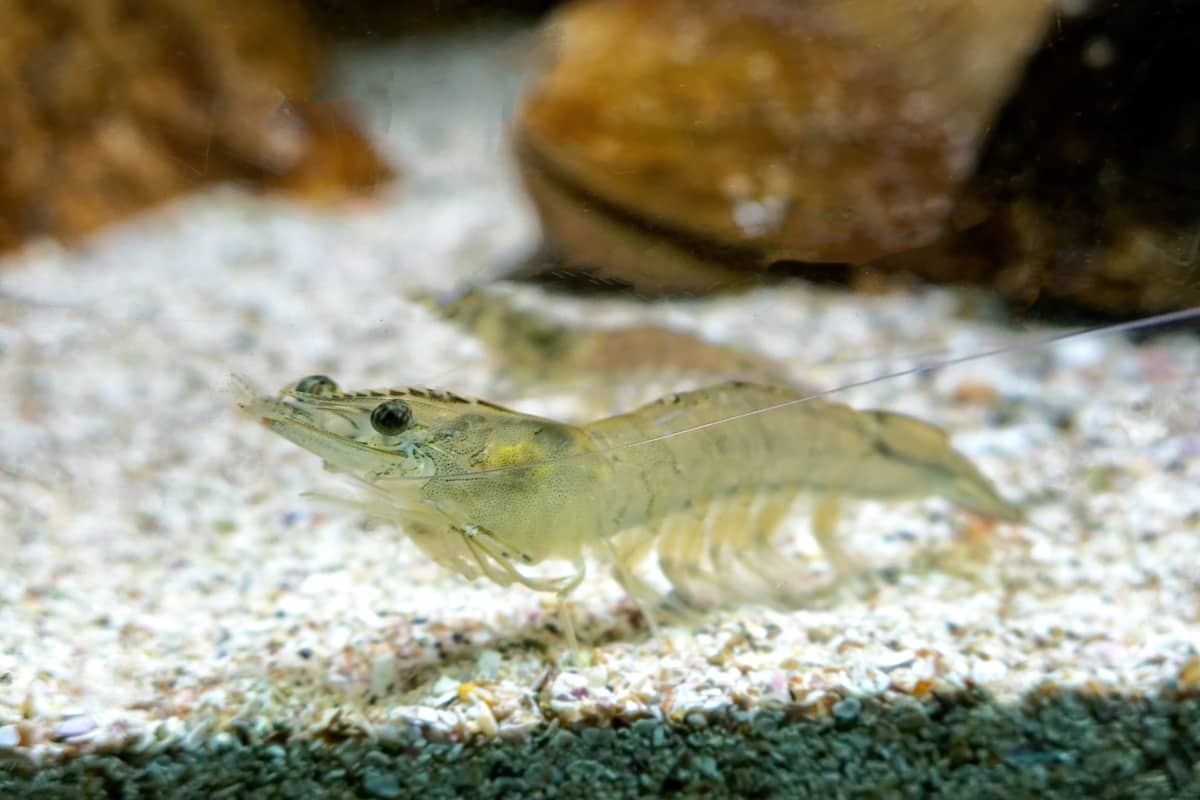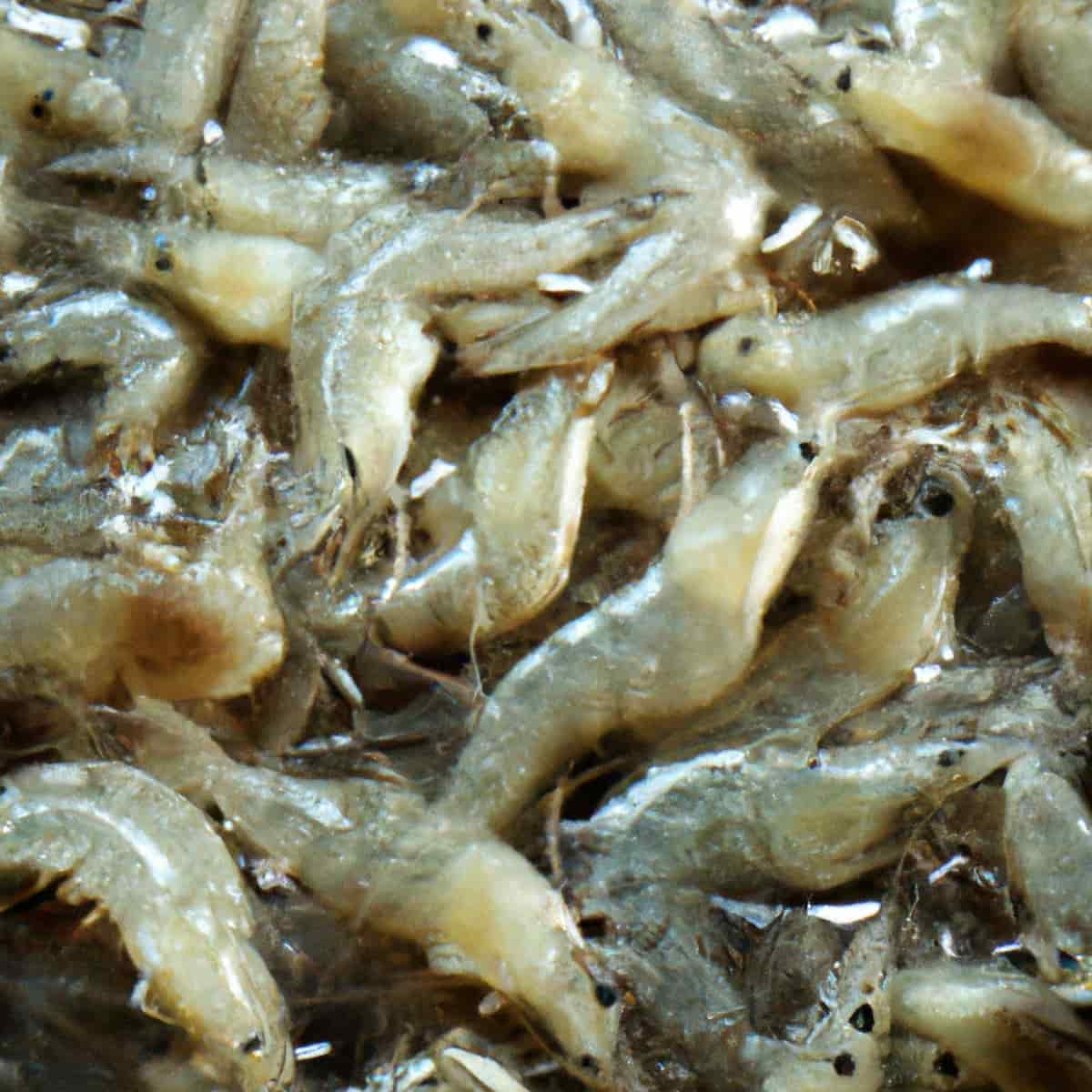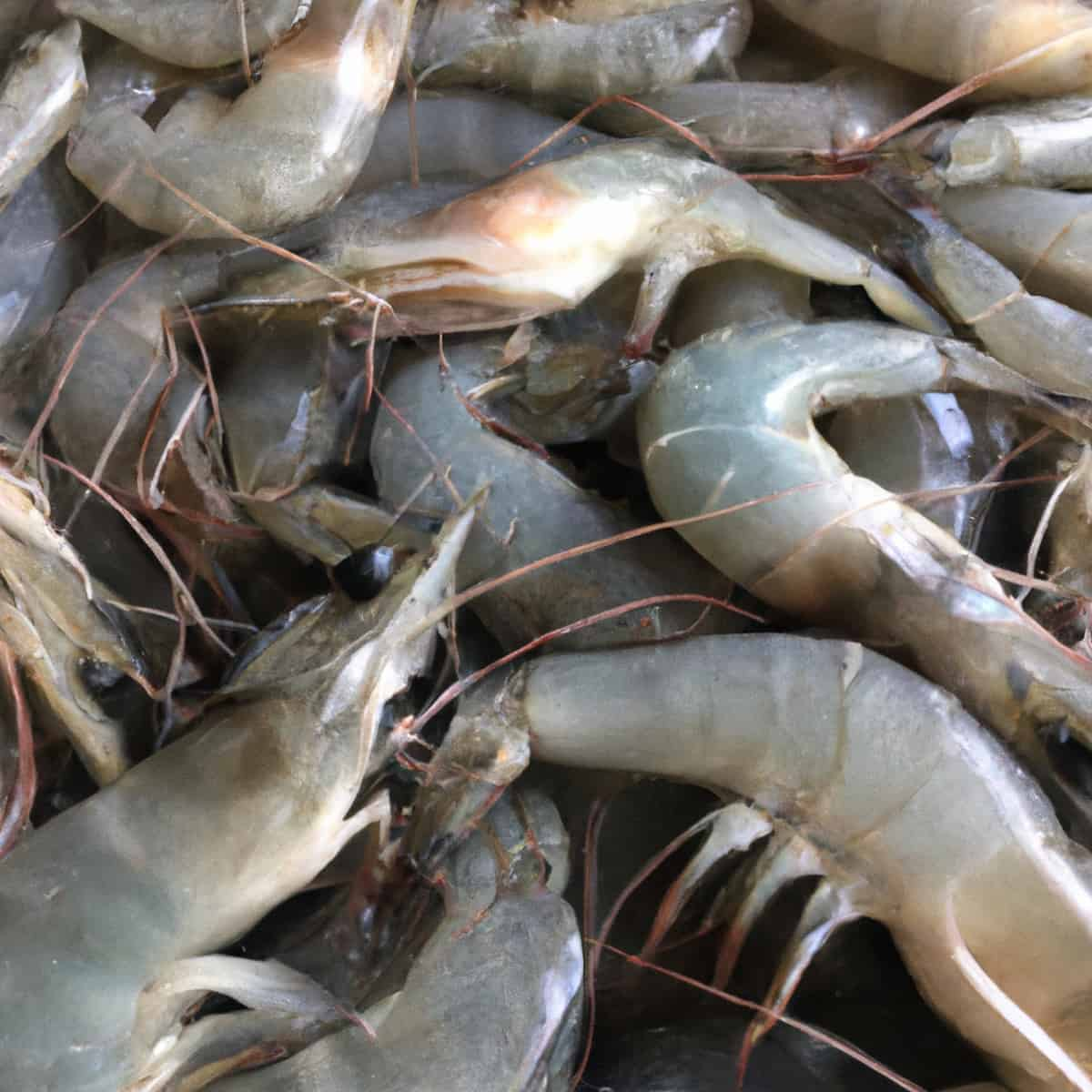This blog post discusses the issue of Vibriosis in Vannamei shrimp, a bacterial disease that has caused increased mortality in recent years. The post explores the causes, prevention, and treatment of Vibriosis in Vannamei shrimp and provides general tips on shrimp farming and management to reduce the risk of outbreaks.

Vibriosis Management in Vannamei
What Is Vannamei Farming?
Vannamei farming, also known as white shrimp farming, is a popular aquaculture practice for producing high-quality shrimp. Vannamei shrimp is a species native to the eastern Pacific Ocean, from Mexico to Peru, but is now widely farmed in India, Thailand, Ecuador, and Vietnam.
Vannamei farming involves raising shrimp in large ponds or tanks using a combination of natural and artificial feeds. The ponds are often located near the coast, where seawater can be pumped into the ponds. The shrimp are typically stocked as post-larvae and fed a diet of commercial shrimp feed and other protein sources like fish and soybean meal.
What Is Vibriosis?
Vibriosis is caused by two Vibrio bacteria types: Vibrio parahaemolyticus and Vibrio vulnificus. Its symptoms include diarrhea, abdominal cramps, nausea, and vomiting. Most people with Vibriosis recover without treatment, but some may develop hemolytic uremic syndrome (HUS), leading to kidney failure and death.
Vibriosis is caused by eating raw or undercooked shellfish or getting the bacteria on an open wound. The bacteria live in saltwater and brackish water along the coast and are found naturally there. The disease usually lasts between 3 and 5 days and is more common in warmer water. Most infections happen between May and October.
What Causes and Spread of Disease Vibriosis in Vannamei?
Poor water quality, including high or low levels of ammonia, nitrite, and poorly aerated ponds, are significant causes of Vibriosis in vannamei shrimp. Other contributing factors include stress, exposure to contaminated water, and a lack of nutrients in the shrimp’s diet. Poorly managed shrimp farms and improper hygiene practices of farm workers also increase the risk of vibriosis outbreaks.
Contaminated seafood sold at markets and improperly cooked seafood can also cause Vibriosis. Vibrio parahaemolyticus, which is found in warm salt water, causes Vibriosis. It enters the shrimp through the gills and can cause damage. Vibrio bacteria can also enter the body through an open wound, causing skin infections.
In case you missed it: White Gut Disease Management in Shrimp: Symptoms, Causes, Control, Prevention, and Treatment

What are the Signs and Symptoms of Vibriosis in Vannamei?
Vibriosis is a food-borne disease caused by the Vibrio bacteria that results in intestinal symptoms. Symptoms include diarrhea, nausea, vomiting, stomach pain, fever, and chills, typically occurring 12 to 72 hours after eating contaminated food. While cases are usually mild, people with weakened immune systems may experience more severe symptoms. When the Vibrio bacteria get into an open wound, they can cause a very painful, red, and swollen skin infection.
Diagnosis of Vibriosis in Vannamei
Diagnosing Vibriosis involves disclosing recent medical history and diet, including exposure to saltwater or consumption of shellfish. Intestinal symptoms such as diarrhea can also point to the infection. A stool culture test can confirm the diagnosis, while a blood culture may be ordered if the infection has spread to the blood.
How to Prevent Vibriosis in Vannamei?
- Vibrio parahaemolyticus is a bacteria that causes Vibriosis in shrimp and other seafood.
- Preventing Vibriosis can be done through several methods, including:
- The shrimp farm uses clean, fresh water, as the bacteria thrive in warm, salty water.
- Keeping the shrimp farm clean and free of debris prevents bacteria from spreading.
- Regularly inspecting shrimp for signs of disease and removing any sick shrimp immediately to prevent the spread of the disease.
- Treating shrimp with antibiotics may help prevent Vibriosis when combined with other prevention methods.
- Quarantining new shrimp arrivals for at least 30 days before introducing them into the main population to ensure diseased shrimp are not introduced.
Control of Vibriosis in Vannamei
- Use clean, fresh water for all farming operations, including ponds, hatcheries, and nurseries.
- Maintain proper pond conditions such as dissolved oxygen levels, pH, and ammonia levels.
- Reduce stocking density to prevent overcrowding and stress, making shrimp susceptible to disease.
- Quarantine new arrivals and observe them for signs of disease before mixing them with the rest of the stock.
- Implement a biosecurity program to prevent the introduction and spread of pathogens, including disinfecting equipment and clothing, restricting access to ponds, and maintaining separate areas for different life stages of shrimp production.
In case you missed it: Systemic Vibriosis Management in Shrimp (Prawn): Disease Symptoms, Causes, Diagnosis, Treatment, Control, and Prevention

Vibriosis Treatment in Vannamei
Vibriosis is a bacterial infection that affects vannamei shrimp caused by Vibrio harveyi. It can lead to serious economic losses if left untreated. Here are some treatment options for Vibriosis:
- Antibiotics such as oxytetracycline or kanamycin are effective at killing Vibrio harveyi but can also kill beneficial bacteria in the shrimp’s gut, leading to other problems.
- In mild cases of diarrhea in vannamei shrimp, treatment may not be necessary, but it’s important to maintain good water quality and provide adequate nutrition to support the immune system.
- Antibiotics are not recommended for routine shrimp farming as they may lead to antibiotic resistance. Still, they may be used in severe or prolonged cases under the guidance of a veterinarian or aquatic animal health professional.
- Bioactive compounds like Chitosan or probiotics are natural for treating Vibriosis with fewer side effects than antibiotics. Chitosan is an antimicrobial compound that effectively kills Vibrio harveyi, while probiotics restore balance to the shrimp’s gut microbiota, improving disease resistance.
- Heat treatment at 45°C for 10 minutes, acidification by adding acetic or lactic acid to the water, and freezing at -20°C for 24 hours effectively reduce Vibrio levels.
- To minimize the risk of developing antibiotic-resistant strains of bacteria, antibiotics should only be used as a last resort.
Conclusion
Effective management of Vibriosis in vannamei shrimp requires a multi-faceted approach that includes good water quality, proper pond conditions, reduced stocking density, quarantine of new arrivals, and biosecurity measures. Prevention is essential, and antibiotics should only be used as a last option to reduce the chance of antibiotic-resistant bacteria developing.
- Beneficial Insects in Pest Management
- Natural Solutions for Pest Control in Flower Gardens
- Types of Fungicides Used in Agriculture
- Common Issues in the Fruit Development Stage of Pomegranate Farming
- Fruit Development Issues in Papaya: Easy Solutions and Treatment
- Soil-Borne Diseases and How to Protect Your Plants
- Practices to Prevent Disease Spread in the Garden
- From Wilted to Thriving: How to Treat Root Rot Naturally in Houseplants
- Natural Remedies to Cure Brown Spots on Fig Tree Leaves